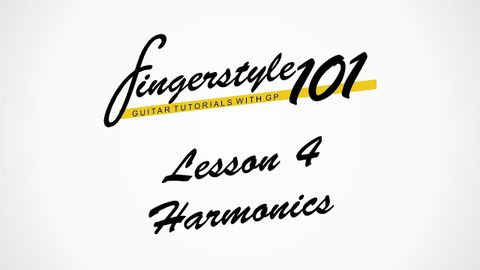チュートリアル]フィンガースタイル101 - Lesson 4: ハーモニクス|チュートリアル by Peter Gergely ([Tutorial]Fingerstyle 101 - Lesson 4: Harmonics | Tutorial by Peter Gergely)
Hobert Hong が 2021 年 01 月 14 日 に投稿  この条件に一致する単語はありません
この条件に一致する単語はありません- v.t./i.去る;残す : (財産などを)残して死ぬ;(ものを)~の状態にしておく;(使用せず)そのままにしておく;残す;~の状態にする
- n. (u.)許可;休暇(期間)
- n. (c./u.)残り物
- v.t.打撃を与える;(ボタン : スイッチなどを)押す;思い浮かぶ;殴る;打つ : たたく;(場所 : 水準 : 目標に)たどり着く : 達する;(ボールを)打つ : ヒットする
- n.殺し;(曲や映画の)ヒット作;打撃;ヒット;ヒット
- n. (c.)(トランプなどの)持ち札;時計の針;人手;手;船乗員
- v.t.手渡す
- n. (u.)援助の手;影響力 : 勢力 : 効力
エネルギーを使用
すべての単語を解除
発音・解説・フィルター機能を解除

